Speaking of multi-core, ARM is now playing a big role in catching up with the trend of X86. To trace the history of multi-core development, Intel released the world's first dual-core CPU Pentium D 840 (the same period there are 830,820) in April 2005, which opened the multi-core prelude (Of course, we are talking about civil X86's dual-core CPU, although IBM had Power 4 CPU in 2001, used in "deep blue PC" and "RISC server", but it is not X86 architecture, positioning is not a civilian field, so we do not discuss). 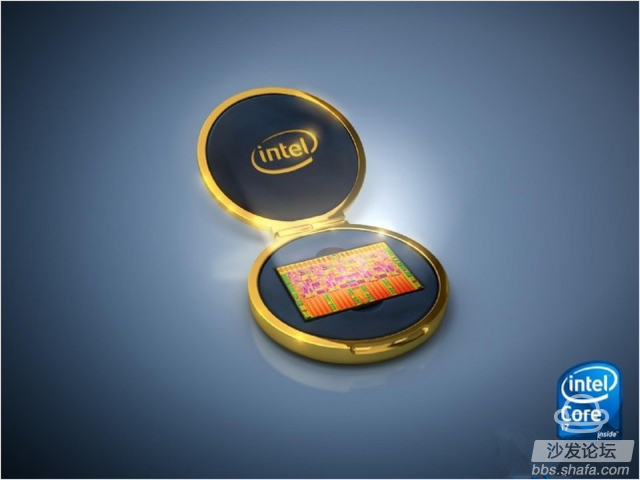
The earliest dual-core SOC of ARM is NVIDIA Tegra 2 (maybe a friend would say that TI OMAP2420 is also dual-core, in fact, dual-core is correct, but this dual-core is not dual-core, not running together with the core of two 330MHz, but only One core is 330MHz, and the other frequency is unknown. It is specially used to handle low-load work such as telephone and text messaging, and is closer to the concept of coprocessor. Until now, the 10-core MTK Helio X20 has only been used in the mobile field for less than 5 years. The time has gone through the PC10 upgrade path. On the one hand, it benefits from the rapid maturation and rapid development of semiconductor technology. On the other hand, due to the end of hardware development, the speed of innovation in an industry will be greatly reduced. 
Although the smart set-top box is similar to a smart phone, the initial demand for performance is relatively small (in fact, it was because everyone did not know enough about the smart set-top box and it is not clear what it can do), so there is no blind pursuit of configuration. Soaring. However, the low demand does not mean that there is no demand. With the popularity of 4K Ultra HD and large-scale games, the smart set-top box will carry more PC tasks, and it will also make low-performance SOC insufficient to drive the demand of enthusiasts in this area. Therefore, the dual-core, 4-core Even the 8-core SOC is not difficult to understand. 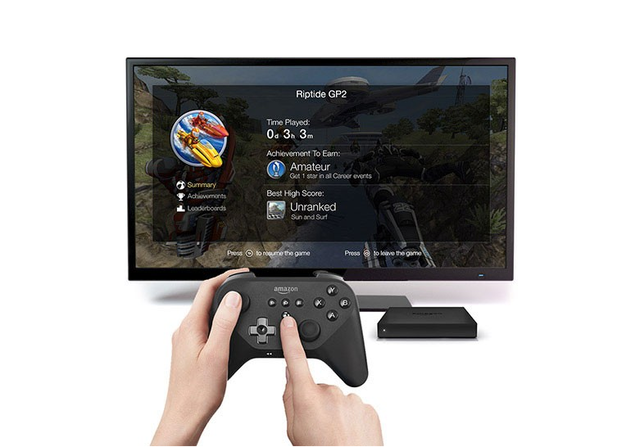
Many of my friends believe that the most important aspect of multi-core is their high performance and high power consumption. In fact, this is a misunderstanding. Strong performance is a must, high power consumption is incomplete understanding of multi-core. Most of today's multi-core SOCs follow the big.LITTLE philosophy. According to the performance required by the task, the load is transferred to the appropriate core for task processing. At the same time, the lowest power consumption and the best performance are both taken into consideration. The simpler one is to do its best. , people do their best. 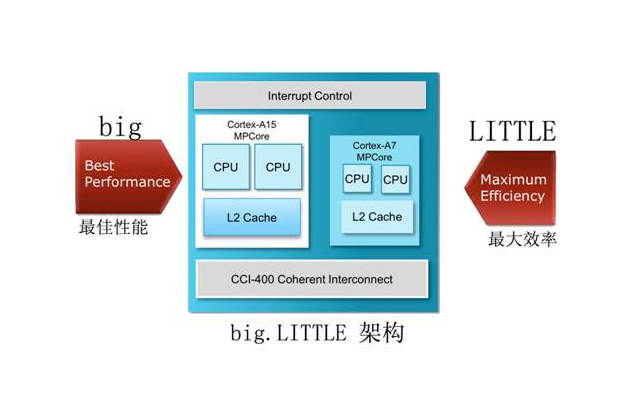
If the increase in the number of cores is a quantitative change, the introduction of 64 bits and the upgrade of the architecture are qualitative changes. Here, we must also mention 64bit. Similarly, the earliest technology in the PC, as early as 1961, IBM has put forward the concept of "64bit". By 2000, Intel and AMD had introduced 64-bit CPUs, and Linux and Windows began to have 64-bit versions. Until today, 64-bit CPUs are truly mature in the PC world.
64bit refers to a register. In order to process data, temporarily store results, or perform indirect addressing and other actions, each CPU has some built-in memory, which can guarantee that the memory accessed without delay is called register. Why 32-bit processor performance is much worse than 64-bit processor, which is actually a limited by the limitations of the virtual and actual memory size. The mainstream 32-bit processor has a serious defect in performance execution mode: When faced with a large number of data streams, 32-bit registers and instruction sets cannot be processed in time. †
A 32-bit CPU can only process 32-bit data at a time, ie 4 bytes, while a 64-bit CPU can handle 64-bit data sources at a time, ie 8 bytes. If a 128-bit total instruction is compiled in units of 32 bits and 64 bits, respectively, the 32-bit CPU requires four instructions, and the 64-bit CPU requires only two instructions.
In addition to computing power, 64-bit CPUs have a great advantage in memory control. (Please ignore PAE)
Since the address uses a special integer, an ALU (Analog Logic Operator) and register of a 64-bit CPU can handle larger integers to obtain more addresses. 32bit CPU's maximum addressing space is about 3.2G, making a lot of software that needs more memory at this time will be stretched, leading to operational efficiency bottlenecks. The 64bit CPU in theory can reach 1800TB, so 64bit CPU can completely solve the bottleneck encountered by 32bit.
In 2011, ARM also introduced the 64-bit instruction set, ARMv8, to provide protection for the subsequent 64-bit SOC. In 2012, ARM introduced the SOC based on the ARMv8 instruction set and began licensing. By 2014, ARM's downstream chip vendors also began to launch 64-bit processors based on the ARMv8 architecture.
The Seamax RK3368 used by Haimeidi H7 is the only 8-core 64bit SOC in 2015. It is also a whole new generation of smart set-top box solutions that brings together all the above advantages. 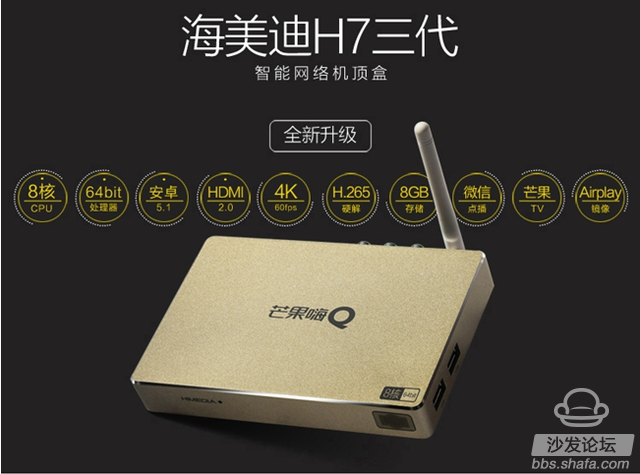
8-core 64-bit Coretex A53 architecture, 1.5GHz frequency, 28nm process, 8-core simultaneous operation at high load, flexible core adjustment at low load, energy efficiency increase of more than 30%, data reading and computing speed increased more than 2 times. 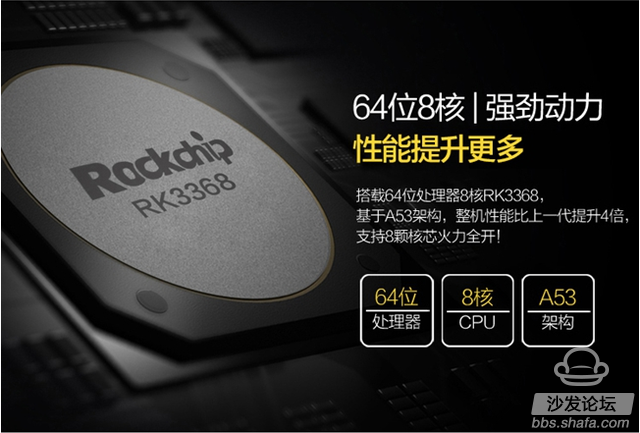
The Cortex A53 is the latest product to use the 64-bit ARMv8 instruction set. It is also the world's smallest, most energy-efficient 64-bit SOC, 64-bit environment, doubling the width of the processor data stream, and supporting larger memory sizes. Scale processing provides greater processing efficiency.
As the iPhone's best-in-class GPU, Imagination has long been famous. The Haimeidi H7 third-generation GPU is PowerVR G6110, supports OpenGL ES 3.1. 1GB DDR3 RAM + 8GB eMMC ROM and HDMI2.0 interface, so that the performance of the H7 third-generation industry leader. 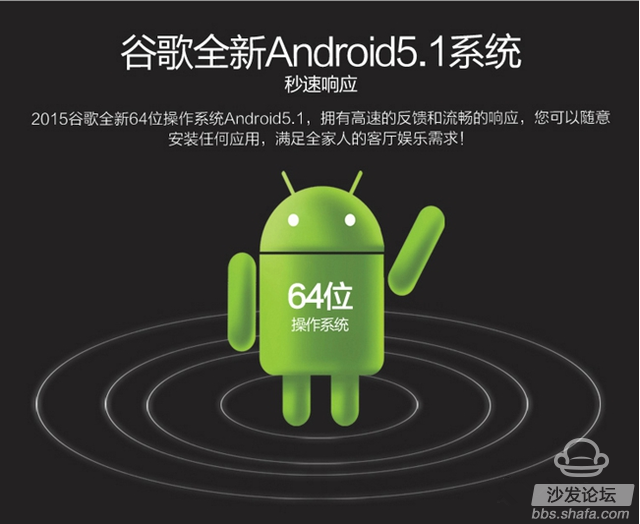
This excellent hardware with Android 5.1 Lollipop also makes the experience perfect!
What is a processor? TV box 64bit eight core CPU how?
In terms of building TV boxes, manufacturers are paying more and more attention to the development of hard solutions and entertainment functions. The processor, more precisely, the core number of processors has become the biggest selling point of TV boxes. The core processor will also have certain advantages in its operation.
The earliest dual-core CPU in PC was introduced by Intel
The earliest dual core ARM is NVIDIA Tegra 2
Smart set-top boxes need more powerful hardware to watch HD and play games
big.LITTLE
64bit
Haimeidi H7 three generations
True 8-core 64bit Rockchip RK3368
Android 5.1 Lollipop